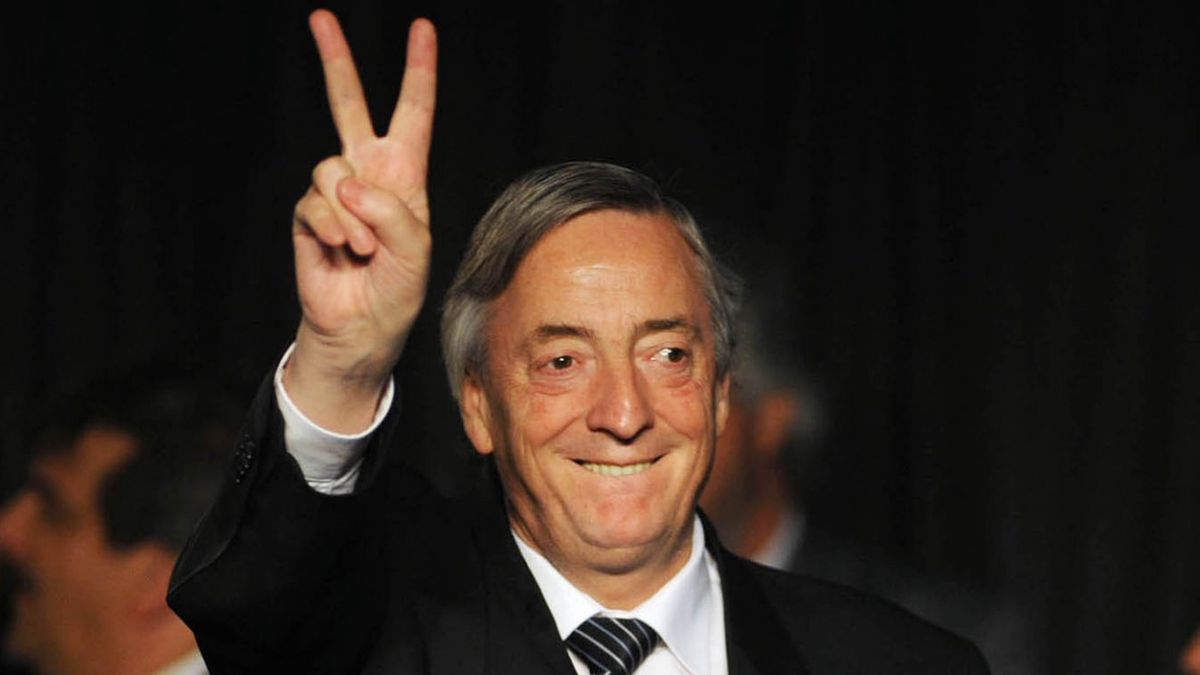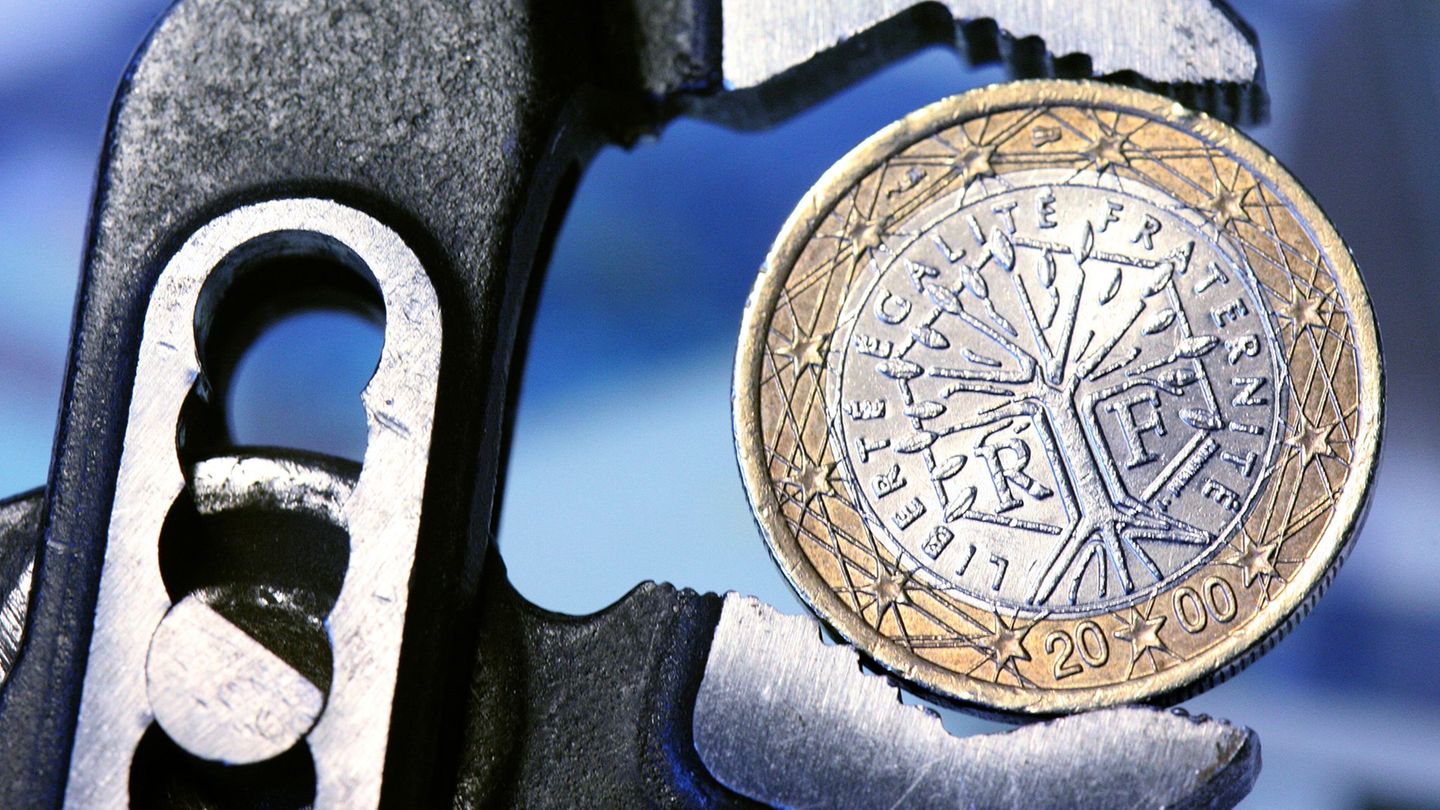Consensus is limited to the highest political layers. However, the population, once inserted in this system, has shown to be able to evaluate their governments in a concrete way, in terms of economic performance and other issues. However, there is still the “necessary creation of adequate mechanisms to control the action of technocrats in high levels of government” (Silva, 1997, p. 10), by more traditional politicians, thus promoting the restoration of part of their legitimacy, something that could help the “democratization of technocracy.”
According to Isidoro Cheresky, these changes go further down. For the year 2003 “the political and institutional redirection was affirmed with the presidential elections.” There were new creatures: new acronyms, increased competition, and a context of party fragmentation (Cheresky, 2007, p. 37). Despite the weakness with which Néstor Kirchner entered, he was able to win over the citizens, using more direct channels, without further institutional mediation and detaching himself from supposed tutors and previous commitments with Eduardo Duhalde. After the reforms he undertook and the positive changes, although not structural, the President achieved popularity and has exercised the role of leader, with a project that involves heterogeneous members and allies, joined by other political forces, more individually than collectively. He adds that these changes in the social climate, his role as boss and his identification with the common citizen, are not exempt from vulnerabilities, among them those associated with the lack of institutional reconstruction that consolidate development and improve the quality of democracy (Cheresky , 2007, p. 40).
In general, the challenges that democratic development implies are still those of social inequality, rights, resources and an institutional deficit, which are conditions for “a social citizenship” (Cheresky, 2007, p. 42) and a real capacity decision. Cheresky’s analysis is based on his approaches to so-called “popularity leadership.” Other authors, on the other hand, have placed more emphasis on the police economy of changes. For Bonnet, Kirchnerism was one of “the post-neoliberal Latin American governments” (Bonnet, 2016, p. 15), and therefore part of a broader process of regional crisis of neoliberalism, which promoted the access to power of governments that they distanced themselves from the politics that made it up. However, like all of them it had its specificities. Bonnet explains to us how Kirchnerism was born and is built around two processes in tension. On the one hand, it arises from the “expression of the relations of forces between emerging classes from the rise of social struggles that culminated in that insurrection at the end of 2001” and from the “crisis of capitalist accumulation and domination”. That is to say, of the economic-financial failure and the crisis of the political system. And on the other, it was “an attempt to recompose that accumulation and domination” (Bonnet, 2016, p. 13).
In that sense, as we saw in the previous article, the process started with the same crisis. The “economic reorganization” began with Duhalde in a kind of transition; it initiated the devaluation and resolved the banking dimension of the crisis (Bonnet, 2016, p. 23). And for this author, later, during Kirchnerism, the rearrangement would deepen; in this stage, “capitalist accumulation” was determined “by the relaxation of market discipline, and a series of economic policy measures implemented as responses.”
Added to this was a favorable context offered by the world market, with better “terms of trade” and with fewer “external restrictions” (Bonnet, 2016, p. 16). In addition to the devaluation, which brought with it the cut in wages (Cheresky, p. 21), which explains practically without rest the high growth rates registered in the first years (Bonnet, 2016, p. 22), some measures were established, such as “cuts, in utility rates and energy prices and interest rates” (Bonnet, 2016, p. 21), which caused “the profit rate of all companies” to increase In a significant way, as well as the profitability of the “productive capital sectors” increased, it increased “the competitiveness of the capitals oriented towards exports” and gave protection “to the less competitive capitals”, thus generating “a recovery of exports with an incipient import substitution ”(Bonnet, 2016, p. 21).
Kirchner paid financial debts and social debts at the same time
The government of Néstor Kirchner also took measures regarding the exit from the default on the foreign debt in which the Argentine State had incurred in 2001, through diversified initiatives, although with a common denominator: the payment of said debt ( Bonnet, 2016, p. 24). These large payments were directed to international financial organizations, private and institutional creditors. The economic recovery also made it possible to take measures around the unemployment that had shaken Argentina during the crisis and that had been relatively assisted during the Duhalde government; The measures began with the extension of social assistance, but, in addition, and as the economy improved and employment increased, “labor policies designed to contain wage demands” would be applied. The accelerated recomposition of accumulation, which we have just analyzed, in turn established the material conditions of possibility for the recomposition of domination (Bonnet, 2016, p. 26).
Domination, after the political-social crisis and the consequent “insurrection” (Bonnet, 2016, p. 26), the profound rupture of the political order and the emptying of power, demanded, more than a replacement of power, new forms of self -social organization, subject that fascinated academic researchers in those years: recovered factories, barter clubs, popular assemblies. That challenge looked much more complex than the recovery of the economy. And at this point, Duhalde, although he was successful in restoring the political-institutional order through the success of Congress and its correct administration of the 2003 presidential elections, “lacked than necessary legitimacy ”, facing insurmountable limits to the task of rebuilding the political system and legitimate authority (Bonnet, 2016, p. 30).
Kirchnerism for his part, he was able in part to put it back together. It began with the incorporation of the demands of the masses mobilized during the cycle of ascent of the “social struggles”, and it did so through a mode of exercise of neo-populist domination that implied a much more active arbitration of the State between the interests of the various demands (Bonnet, 2016, p. 31). But due to its limited “legitimacy of origin”, it had to carry out measures that endow it with an “important portion of exercise legitimacy” (Bonnet, 2016, p. 32), which was resolved with policies, mainly democratic, a discourse that would radically differentiate it from neoliberal governments and processes of selection and resignification that mediated demands of different kinds; These were carried out in order to broaden the consensus around his administration and to definitively get out of the political crisis. These initiatives were accompanied by the aforementioned recovery and expansion of the economy and by a decline in social struggles, those that were mutually reinforcing ”(Bonnet, 2016, p. 33).
The results were relatively successful: the conflict was normalized, the demands of the masses were incorporated, albeit restrictedly, and repression should not have been resorted to, except in some cases (Bonnet, 2016, p. 36); however, domination was not assured, as it was heavily dependent on the availability of economic surplus. The Kirchnerist governments were not exempt from crises, which were responded to with short-term measures, producing, especially during the Presidency of Fernández de Kirchner, “a growing gap between the political orientation followed and the relations of forces between classes and class fractions.” (Bonnet, 2016, p. 39), which would become apparent later.
The limitations were also present: in the party sphere, where as a movement it failed to reunify and align justicialism as a whole behind it, nor to organize a new center-left force of its own, “maintaining” actively, albeit involuntarily, that crisis of the system. of parties inherited from 2001 ”(Bonnet, 2016, p. 41); in the union, which although it was revitalized, “did not lead to a lasting recomposition of the old functional link between the union bureaucracy and the state” (Bonnet, 2016, p. 42); the generation of “divisions around the Kirchnerism / anti-Kirchnerism axis between organizations” (Bonnet, 2016, p. 43), which together with the trend of nationalization of some of them by the national State, had disastrous consequences for them, entering into crisis, demobilizing and even decomposing, so that Kirchnerism, “in any case, does not seem to have managed to weave a lasting network of social organizations that will sustain its continuity” (Bonnet, 2016, p. 44).
The restoration of order was generally successful, but its measures and policies “were forced by circumstances.” (Bonnet, 2016, p. 45). The author speaks of the “insurrection as restoration”, the restoration was fed by the insurrection and the latter continued to exist, thus endowing the restoration with a contradictory character. On the other hand, there was no real “strengthening of the state” on the market and it did not “imply a return to politics” (Bonnet, 2016, p. 48) as Kirchnerism believed, the first was only a modification of relations and the second is not real because politics was always present.
In sum, according to these views of the political process -one more settled in social relations, the other in political economy- everything that came after 2001 begins to be understood by the consequences of those crises. This is also expressed in the leadership strategies and styles that their “heirs” followed, with the aim of recreating governance. It will continue tomorrow.
Professor of Postgraduate UBA and Master’s degrees in private universities. Master in International Economic Policy, Doctor in Political Science, author of 6 books. @PabloTigani
Source From: Ambito




